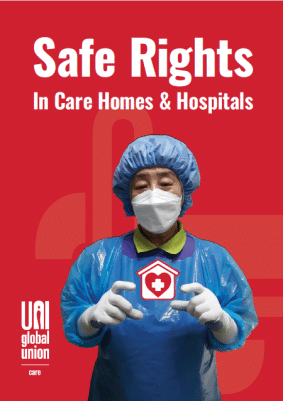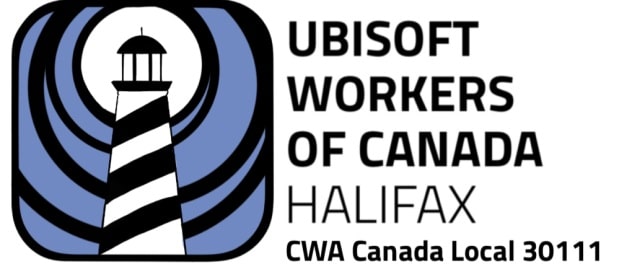Safe Staffing: Ensuring safety and quality in care homes and hospitals
01.10.24
A new guide from UNI Global Union emphasizes the need for safe staffing standards in care homes and hospitals to improve care quality and ensure worker safety. Chronic understaffing in the health and care sectors has led to high worker turnover, burnout, and poor patient outcomes. The review highlights that inadequate staffing prevents healthcare workers from delivering necessary care, often resulting in preventable complications and deaths.
The document outlines recent legislative victories driven by union campaigns in countries like Argentina, Canada, U.S. and Australia. These regulations include minimum staffing levels or care hours per resident. Examples include New York, where the union SEIU 1199 secured a 3.5-hour care standard per resident, and Korea, where health workers went on strike to demand nurse-to-patient ratios. These actions have led to enforceable standards aimed at improving patient care and working conditions.
Safe staffing mechanisms discussed in the review include specific worker-to-patient ratios and minimum care hours. Standards vary internationally, such as California’s ratio of 1:2 for critical care and Finland’s five nurses per ten patients. These examples illustrate the different approaches governments have taken to safeguard care quality through regulation.
The review concludes that ensuring adequate staffing is crucial for improving care quality and worker well-being. It calls for continued advocacy, collaboration between unions and stakeholders, and collective bargaining to establish safe staffing standards in the care sector.


